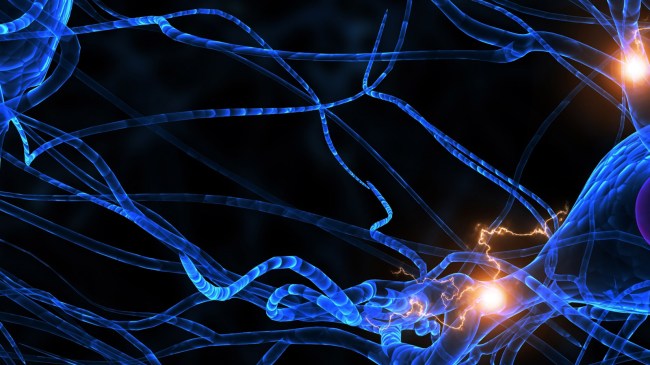
iStockphoto
Here we go again. Scientists are back creating things like brains in laboratories in the name of medical research.
The latest “first” to be accomplished in this regard comes to us from the Princess Máxima Center for pediatric oncology and the Hubrecht Institute.
According to a press release published on Monday, “Scientists have developed 3D mini-organs from human fetal brain tissue that self-organize in vitro. These lab-grown organoids open up a brand-new way of studying how the brain develops. They also offer a valuable means to study the development and treatment of diseases related to brain development, including brain tumors.”
The study notes, “The human fetal tissue was derived from healthy abortion material, between gestational weeks 12-15, from fully anonymous donors. The anonymous women donated the tissue voluntarily and upon informed consent. They were informed that the material would be used for research purposes only, and that the research included the understanding of how organs normally develop, including the possibility to grow cells derived from the donated material.”
These cerebral organoids, or three-dimensional, lab-grown “minibrains,” while “roughly the size of a grain of rice,” contain “a number of different types of brain cells.”
“Brain organoids from fetal tissue are an invaluable new tool to study human brain development. We can now more easily study how the developing brain expands, and look at the role of different cell types and their environment,” said study co-author Dr. Benedetta Artegiani, research group leader at the Princess Máxima Center for pediatric oncology.
“Our new, tissue-derived brain model allows us to gain a better understanding of how the developing brain regulates the identity of cells. It could also help understand how mistakes in that process can lead to neurodevelopmental diseases such as microcephaly, as well as other diseases that can stem from derailed development, including childhood brain cancer.”
No word on whether these “mini-brains” have learned how to play Pong, grown a set of eyes, or have become sentient.
This past December, scientists at Indiana University revealed they were able to link living human brain cells to a computer and use them to perform speech recognition.
The goal of that study is to use these tiny balls of human brain cells called brain organoids to power AI tasks with less energy than is currently used by silicon chips. So they basically want human brains to power artificial intelligence. What could possibly go wrong?
In October, scientists at Stanford University announced they had successfully spliced human brain tissue into the brains of baby rats.
Those researchers said they did it because it “overcomes the limitations of dish-grown organoids, and gives us a new platform for modeling human brain development and disease in a living system” and not to create packs of rat men roaming the planet.